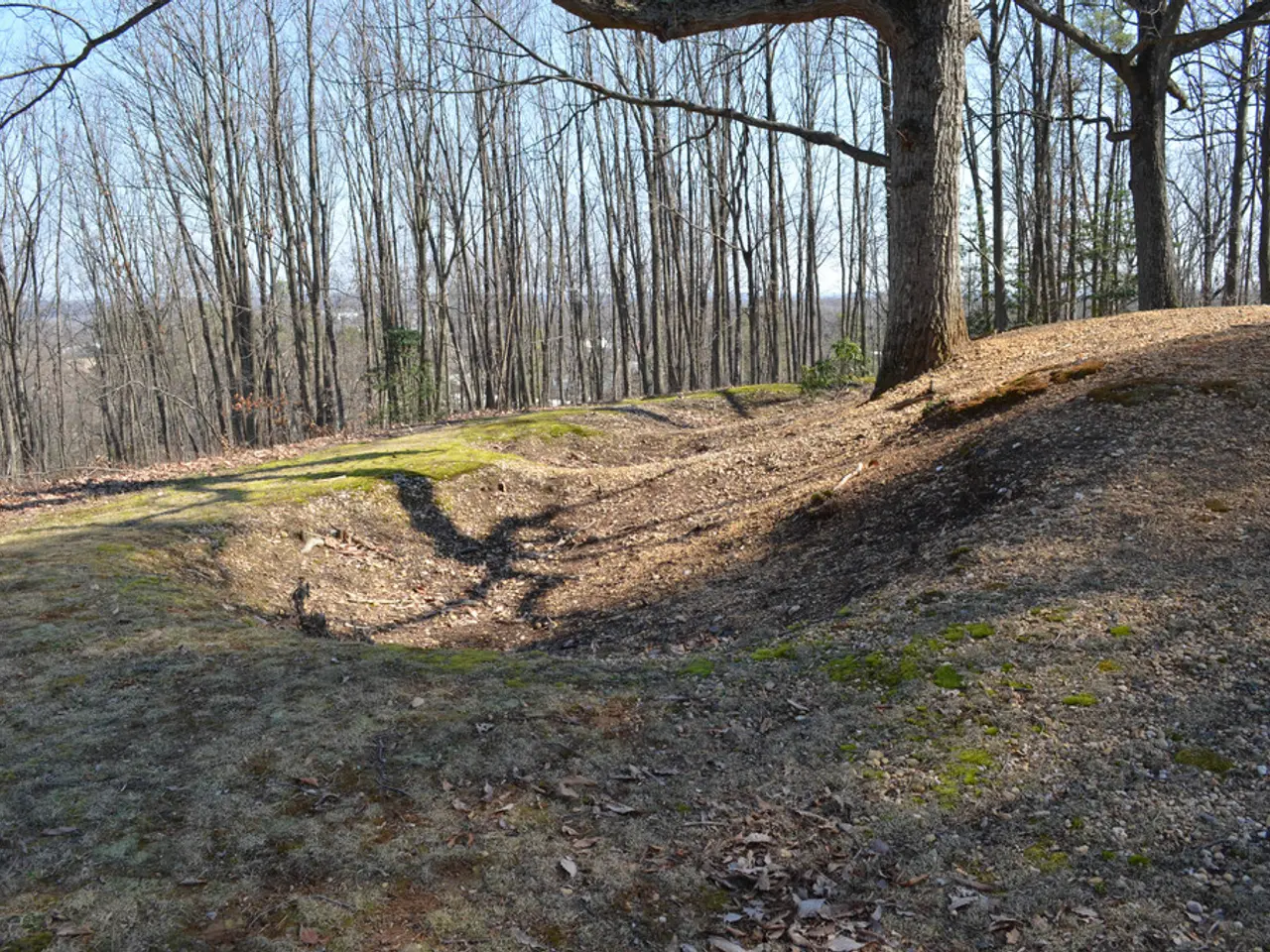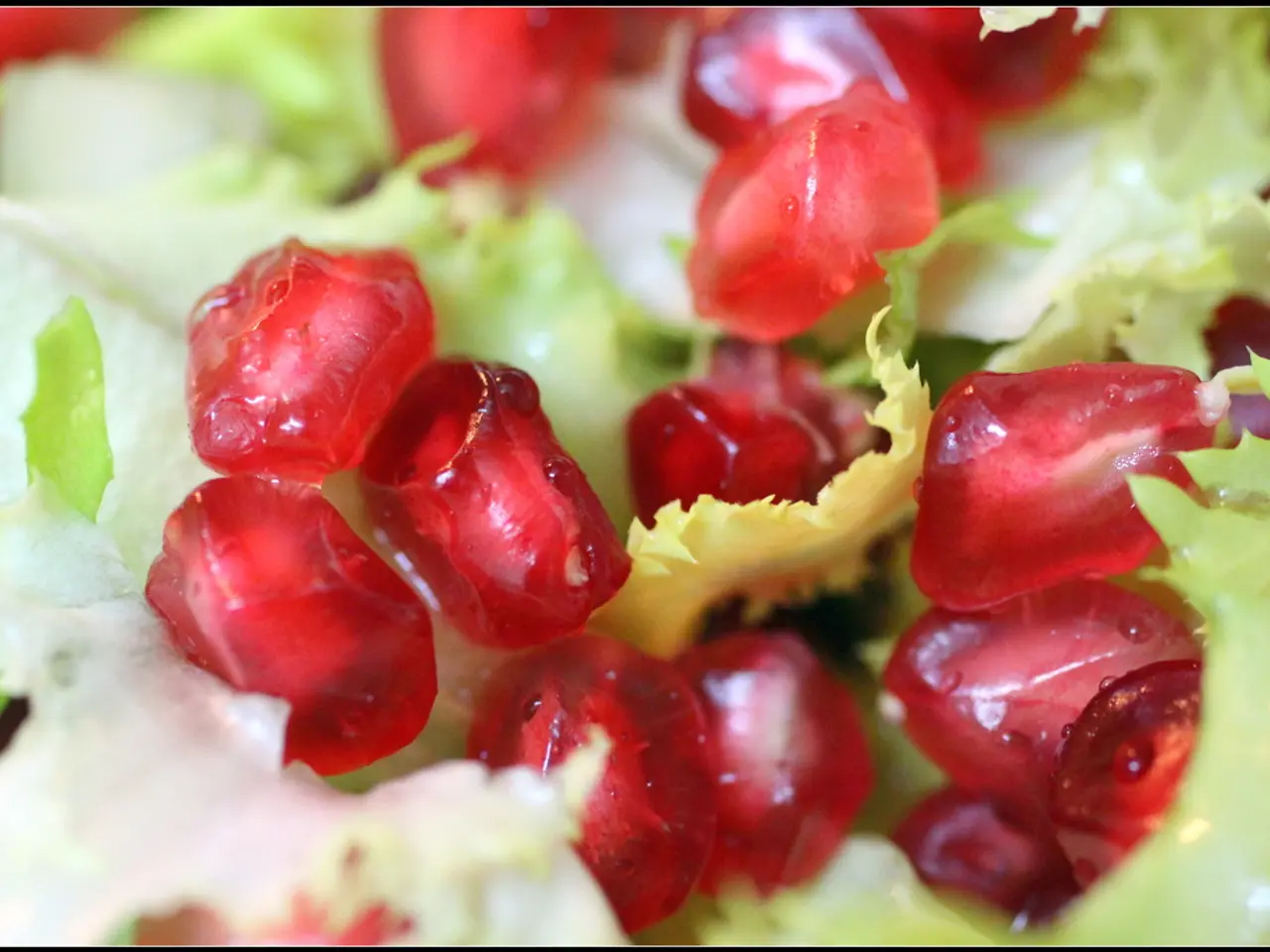Comparison of Peat Moss and Coco Coir: Advantages and Disadvantages to Consider
In the world of gardening, two popular soil amendments often find themselves at the centre of debate: peat moss and coco coir. When it comes to sustainability and practicality, coco coir generally emerges as the more eco-friendly option.
### Environmental Impact
Peat moss, extracted from peatlands, is a non-renewable resource that takes thousands of years to regenerate. Its extraction damages fragile wetland ecosystems, disrupts wildlife habitats, and releases stored carbon dioxide, contributing to environmental degradation. On the other hand, coco coir, a byproduct of coconut processing, is a renewable and biodegradable resource, harvested without damaging sensitive ecosystems.
### Practical Gardening Benefits
| Aspect | Peat Moss | Coco Coir | |---------------------|-----------------------------------------|---------------------------------------| | **pH Level** | More acidic, suitable for acid-loving plants like carnivorous plants[3][4] | Neutral pH, versatile for many plants[3] | | **Moisture Retention** | Good moisture retention, but can become compacted | Excellent moisture retention with good aeration, encouraging healthy roots[1] | | **Nutrient Content**| Rich in some nutrients beneficial to plants[4] | Contains natural enzymes aiding nutrient retention; nutrient-poor, so often combined with fertilizers[1] | | **Pest Resistance** | No special advantage | Naturally resistant to pests and diseases, reducing chemical use[1] | | **Weed Suppression**| Can suppress weeds but not entirely foolproof[4] | Can suppress weeds effectively by blocking sunlight to weed seeds when used as mulch[2] | | **Ease of Use** | Commonly used but heavier and denser | Lightweight, easy to handle and apply, ideal for various garden sizes[2] |
### Summary
Coco coir is significantly more sustainable and environmentally friendly due to its renewable nature and less harmful harvesting process. While peat moss still has its uses, particularly for certain acid-loving plants, its environmental cost is high.
For most gardeners aiming to balance environmental impact and practicality, coco coir is the better sustainable choice over peat moss. Coco coir helps soil to be moist without getting soggy, similar to the effect of peat. It is often sourced as detritus, unlike peat moss which comes from peat bogs. Coco coir is sometimes referred to as coco dust, coco fiber, or coconut coir mulch.
In terms of gardening practicality, coco coir provides excellent moisture retention, aeration, pest resistance, and versatility across many plant types, with fewer environmental drawbacks. It drains well and withstands compression better than peat, making it an ideal choice for various garden sizes.
Coco coir is derived from coconut palm trees during the husking process. The shorter fibers of coconuts, previously considered waste, are now used in gardening as coconut coir or coco peat. It is proposed as an alternative to peat moss for soil amendment. Coco coir is less acidic, with a pH value closer to neutral, making it suitable for a wider range of plants.
However, coco coir is more difficult to buy in bulk compared to peat. As awareness about the environmental impact of peat moss grows, more gardeners are turning to coco coir as a sustainable and practical choice for their gardening needs.
In the realm of home-and-garden and lifestyle, gardeners can opt for coco coir, a more sustainable and eco-friendly soil amendment, as an alternative to peat moss. Cultivating a garden with coco coir not only benefits the environment but also promotes gardening practices that are practical and beneficial for various plant types.




